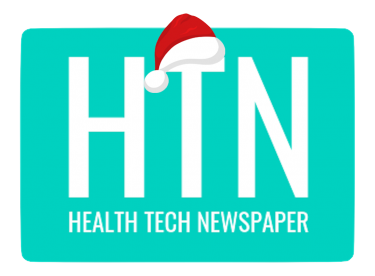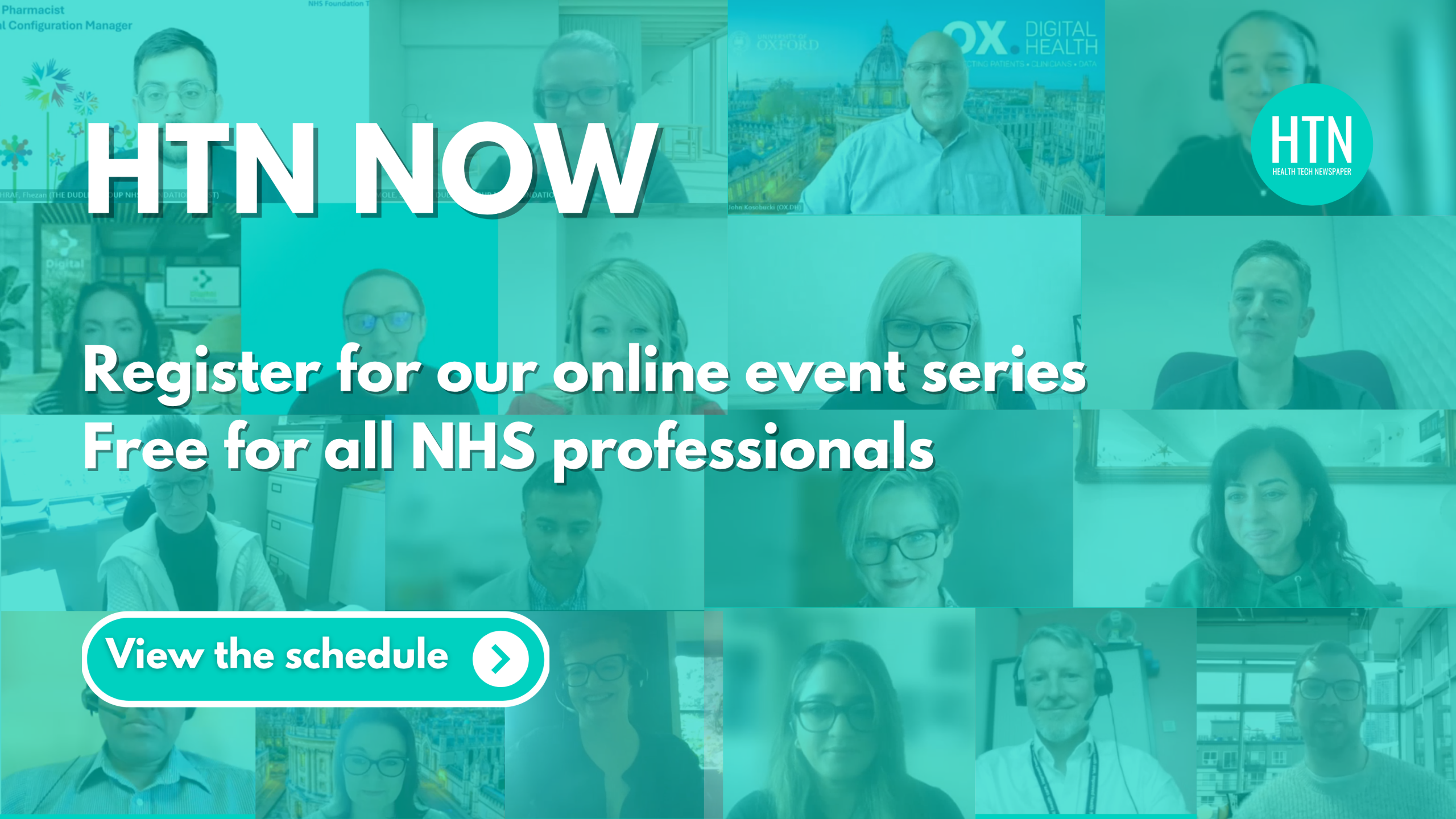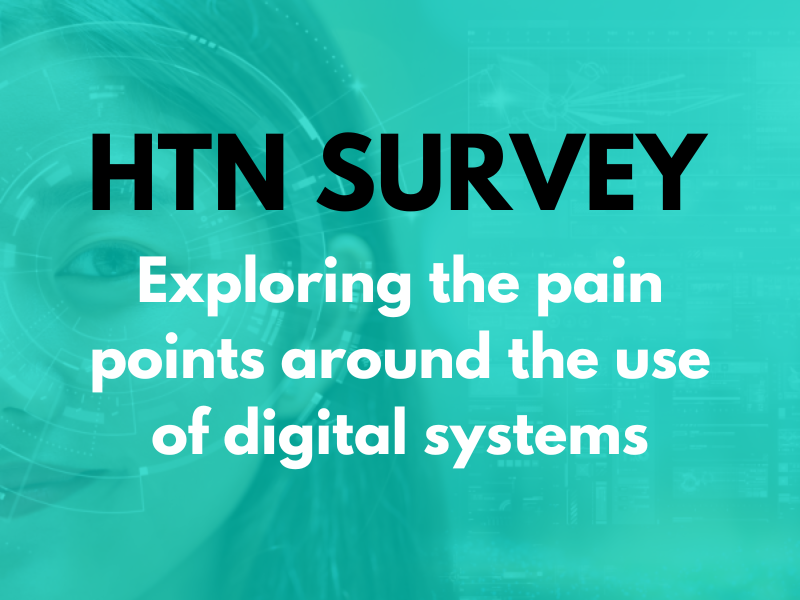For a recent HTN Now webinar, we spoke with John Kosobucki, CEO and founder of OX.DH, to discuss how technology is supporting fertility clinics with patient management, appointment booking, and test results, both in the UK and internationally.
John took us through a demo of the OX. assisted reproduction component, which he describes as “an end-to-end solution for everything that’s needed to operate fertility clinics”, sharing benefits including the streamlining of workflows and ease of use for both clinicians and patients within the familiar Microsoft environment.
“I’m based right outside of Oxford,” John said, “and we have a close association with Oxford University, who are also one of our shareholders.” OX.DH is 100 percent cloud native, he explained, “running Microsoft tenants and installing solutions within Microsoft environments for clients in the UK and Australia”.
Introducing OX. Assistive Reproduction
John talked us through how the journey toward developing OX. assisted reproduction began, saying: “We went out and interviewed people, looked within clinics, and focused on understanding workflows, pain points, frustrations with existing systems, and what we could do to offer the next generation experience.”
Doing this work at the outset allowed John and OX.DH to come up with a set of guiding principles, he went on, covering things like improving patient experience and clinical outcomes, reducing the burden on the workforce, giving people the tools required to access information and services directly, keeping information safe, and improving health and care productivity.
“With healthcare today, there’s often a lot of transcribing, duplication, and information stored on different islands that don’t necessarily tie together,” John said, “but with the right technology, we’re able to give people the tools to access that information quickly and easily, as well as safely and securely.”
How OX. assisted reproduction works
OX. assisted reproduction works by splitting clinic activity into three broad areas, John told us: onboarding and assessing patients; creating treatments and personalised plans; and ongoing monitoring and care, including pregnancy, outcomes, and regulatory reporting.
Patients can register themselves or be referred from a GP or clinic, John said, “before going on to fill in information about themselves and their partner, which can then be reviewed by a clinician, and which triggers the appropriate HFEA or clinic-specific forms for digital signing, pre-populated with that information”. That may trigger phone or email conversation, he continued, “and all of that is logged on the patient record, including incoming and outgoing communications”.
The next step for patients is usually to have an initial consultation, John shared, “at which it’ll usually be decided what the right treatment path is”, and this is followed up by scheduling the relevant scans, medications and tests, which are all electronically fed back into the OX. assisted reproduction system. One of the features he’s most excited about is the graphical folliculogram, he continued, “and when hormone test results come back in, we’re automatically populating those onto that folliculogram”.
John also shared a success story from Monash IVF in Australia, where the OX. assisted reproduction solution has gone live, automating the patient journey and with the expectation that the platform will eliminate the need for around 50,000 paper forms annually.
How OX.assisted reproduction can help overcome complexities within the fertility journey
“We all know that there can be complexities that happen in fertility treatments,” said John, “and that includes changes in relationships, or the introduction of a new partner. In OX. assisted reproduction, each patient has their own distinct profile, and those are linked together where necessary, and when treatments are scheduled those are linked to those profiles. But should a relationship change, those links can be updated, for example to include new partners.”
The solution also makes keeping track of things like egg sources, sperm sources, and embryos, easier. “We can always have traceability, to track backwards to find the source, to look at who the partner was, and so on,” John said. That also covers donors, he went on, “with search functionality and the ability to link that in to a treatment, record whether that’s anonymous or known, and we can trace that back to the source for the embryo.”
Moving onto the demo, John took us to the OX.ar dashboard, highlighting how “everything is native browser” within OX.DH, making it easily accessible for clinicians and patients. “The great thing about everything being on the Microsoft ecosystem, is that I believe they’re probably the industry leaders in providing cyber security for the data that’s stored in their environments,” he added.
Taking us through navigating the solution, John showed us how the dashboard features an easy-to-use sitemap, and took us directly to the Patient Overview section, using test patient “Irene”. “The system has intelligence built in, and we can see that Irene is currently linked to Sherlock,” John said, “so we can view all of their details, treatments, and so on. Also, if patients are being seen at a satellite clinic, but have treatment scheduled in elsewhere, their information can be shared with another clinic at the click of a button.”
Clicking into the “Treatments” section opens up a patient’s history, and any treatments they may be currently having, along with those they may have already completed, John continued. “Here, we can see storage samples for this patient and their partner, we can view their folliculogram, see any notes on their treatment, and any test results which may have come back.”
There’s also a dedicated document library, John showed us, “where we can drop any documents, and patients can see them immediately, and where patients can also add things like notes from previous treatments, and results from elsewhere.” Documents can also be sent through a shared mailbox, with email templates automatically generated, he said, “and you can embed your own PDFs or links, and even set up workflow emails”.
These activities can then been seen within the patient’s profile, with John noting: “One of the great time savers of this, is that instead of having emails coming and going from individual mailboxes, anything that is sent to and from a patient’s email address will automatically get tracked and logged.”
Linking OX. assisted reproduction to other platforms
Once the demo was complete, John took questions from the audience. First, John was asked if it was possible to link an online booking system with OX. assisted reproduction.
“Absolutely,” John said. “We’ve done that for a number of clinics, including The Male Fertility Clinic, where we were directly pulling through those appointments.” He also went on to explain other options available, including one that allows authorised patients to book their own appointment, and another that allows clinicians to send an individual SMS message with a link that has open appointment slots for a patient to choose from.
John was then asked whether patient registration information can be taken from a website form and populated to create a patient within the OX. assisted reproduction system. “We’re an API company, so all the user interfaces that I’ve shown you have secure APIs underneath them,” John explained. “So we can make this available to embed directly in client websites, starting at our most basic level with just a pure “contact us” functionality. A patient fills in the form, and it creates a new lead record that can then be reviewed by the staff before qualifying those patients.”
Cyber security considerations
Finally, John also highlighted the cyber security measures in place when it comes to all of OX.DH’s solutions, noting: “When we deploy our Microsoft tenants, we’re using something called Microsoft Sentinel which monitors the perimeter. We’ve also created policy that monitors things like impossible logins.” Going into more detail on this, John gave an example: “If someone logs in from right outside Oxford, and then ten minutes later the same account tries to log in from Russia, it will immediately shut down the account.”
And that brings us to the end of the webinar. We’d like to thank John for joining us and delivering this insightful demo. For more information on OX.DH, we’ve included some of the most recent success stories previously covered by HTN.
Monash IVF goes live with OX.DH’s digital patient onboarding platform
Australian fertility service provider Monash IVF partners with health tech start-up OX.DH





